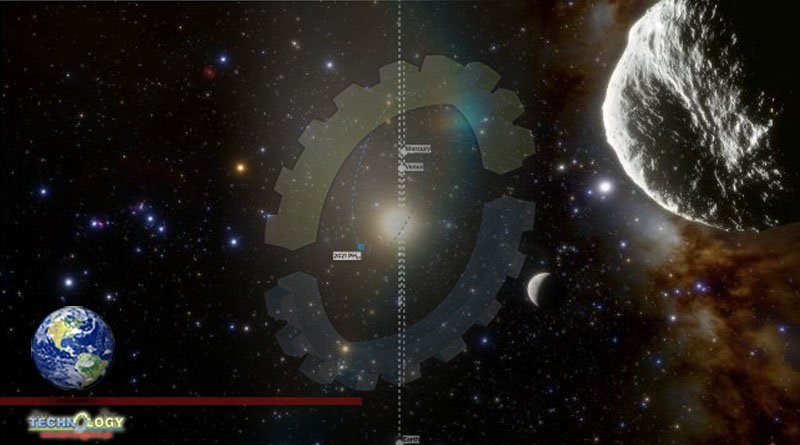Astronomers have discovered a new asteroid using Dark Energy Camera , but unlike most newsworthy space rocks, this one is not notable because it’s threatening to hit Earth. The new asteroid known as 2021 PH27 keeps its distance from our fragile blue marble.

Astronomers have discovered a new asteroid, but unlike most newsworthy space rocks, this one is not notable because it’s threatening to hit Earth. The asteroid known as 2021 PH27 keeps its distance from our fragile blue marble. That distance varies widely, though. According to researchers at the Carnegie Institution of Science, 2021 PH27 is the fastest asteroid orbiting the sun. It takes just 113 days to complete a lap, and it gets perilously close to the sun each time.
Astronomers discovered the speedy asteroid using the Dark Energy Camera (DECam), which is part of the 4-meter Victor M. Blanco telescope in Chile. Lately, DECam has been focused on studying massive galaxy clusters many millions of light-years away. Earlier this month, the observatory turned its attention a little closer to home in search of objects like 2021 PH27. The DECam is, after all, one of the highest-performing CCD imagers in the world, and PH27 immediately stood out.
Following the first observation, other instruments zeroed in on PH27, which is about a kilometer in diameter. If it were to hit the Earth, that would be a reasonably bad day for humanity. Luckily, after calculating its orbit, it turns out that PH27 only gets close to Mercury and Venus. It’s moving so fast that it completes an orbit of the sun every 113 days. That’s the fastest of any known asteroid and only slightly slower than Mercury’s 88 days. Although, Mercury’s orbit is tighter than PH27, which has a more elliptical orbit.
While the planet Mercury has a shorter year, PH27 gets closer to the sun because of its elliptical course. At its closest approach, the asteroid is about 12.4 million miles (about 20 million kilometers) from the smoldering fusion inferno, compared with 29 million miles (47 million kilometers) for Mercury. During these passes, the surface of PH27 reaches about 900 degrees Fahrenheit (500 Celsius).
Scott Sheppard, who made the first observation of 2021 PH27, notes that the asteroid’s orbit probably isn’t stable over the long term. In a million years or so, PH27 will most likely end up colliding with Mercury, Venus, or the sun. It’s also possible it’ll get a gravitational kick from one of those objects that ejects it from the solar system.
PH27’s origins are unclear. If it’s a run-of-the-mill asteroid, it probably came from the asteroid belt between Mars and Jupiter. However, its orbital inclination is tilted 32 degrees from the plane of the solar system. That suggests it could be a very old “extinct” comet that originated in the outer solar system. Additional observations planned over the coming months could reveal new details.
Source Extreme Tech
